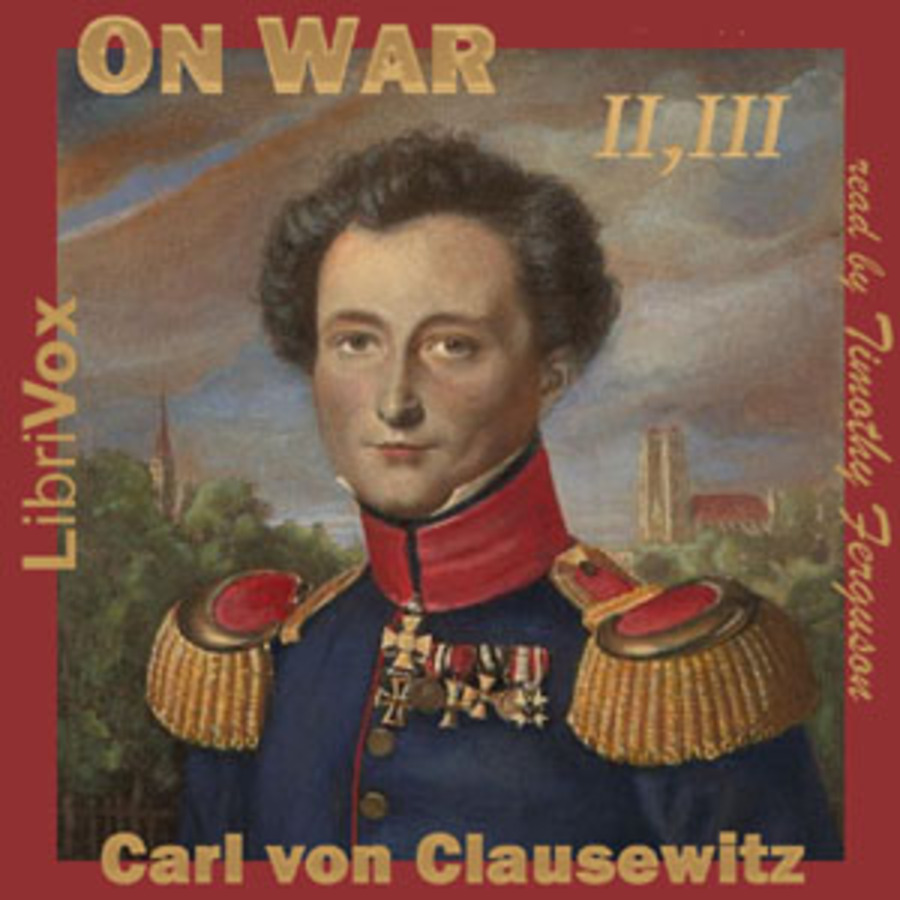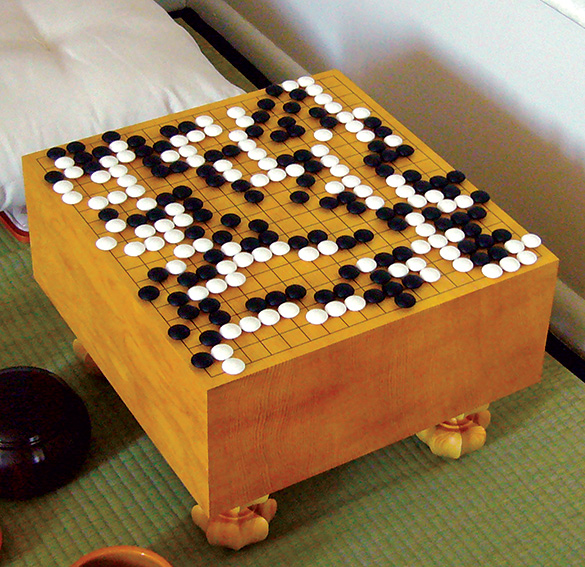What follows are excerpts from a rather long, but interesting and informative, article from the Military Review, which was published prior to the pandemic.
Uncovering Hidden Patterns of Thought in War
Wei-Chi versus Chess
Maj. Jamie Richard Schwandt, U.S. Army

pogo.org
November-December 2018
We use metaphors and analogies to help us connect the dots and uncover hidden patterns of thought. They provide us with a way to go far beyond the meaning of words and are tools guiding the manner in which we think and act. Gen. David Perkins describes how the U.S. Army Training and Doctrine Command is preparing the Army for the future of warfare in “Big Picture, Not Details, Key When Eyeing Future.” Perkins uses metaphors as he compares warfare to checkers and chess:
Checkers and chess are played on the same style board but the games are far from similar. For a long time, the Army has designed forces based on a “checkers-based” world outlook. Today, we’re switching to a “chess-based” appreciation of the world. In this world, there are many paths to victory; few events allow for linear extrapolation. Victory no longer comes from wiping out an opponent’s pieces, but by removing all his options. By employing pieces with varying capabilities in a concerted manner, one creates multiple dilemmas that over time, erode a challenger’s will to continue.
Perkins is attempting to use an argument from analogy; however, this is a false analogy. He is attempting to compare the U.S. Army’s contemporary outlook on war to that of the board game checkers and compares the future outlook to chess. I argue that the U.S. military already designs forces using a chess-based outlook, not checkers. The U.S. military and Western way of war is a theoretical expression of Carl von Clausewitz

archive.org
and Antoine-Henri Jomini. Taking a Clausewitzian approach is similar to chess, whereby you focus the energy of your forces on a center of gravity (COG). The fixation on COG has led to a number of costly disasters for the U.S. military. Examples include conflicts in Vietnam, Iraq, and Afghanistan. Examining the “Strange model” for conflicts in Iraq (1991 and 2003), Robert Dixon writes,
The fixation on the Republican Guard (operational COG) and Baghdad (the strategic COG) led leaders to ignore the emergence of something that did not fit their template. This is the true danger of the term: while looking for Clausewitz’s focal point (something central, the source of all power, the hub, etc.) leaders forget that they are not observing a static system. Dynamic systems do not have centers, and if they did it would constantly move.
Perkins is actually moving strategy back to the chess-based outlook used by Gen. William Westmoreland
in Vietnam. Evidence of this can be found in the new Field Manual (FM) 3-0, Operations. FM 3-0 signals a shift in military strategy and a focus back to that of large-scale ground combat operations against near-peer threats, where belligerents possess technology and capabilities similar to the U.S. military. Gen. Mark Milley,

Adversaries including Russia, China, Iran and North Korea have spent nearly two decades studying the U.S. military’s strengths and vulnerabilities as it has fought terrorist groups. Those nations have invested in modernizing their forces and preparing them to exploit vulnerabilities developed while the United States focused on fighting insurgents.
The U.S. military, just as in chess, focuses on the centrality of physical force and maintaining an edge in capabilities; yet, it is weak in regards to strategy and stratagem. I argue that, to truly understand threats such as North Korea and China, we must shift from a chess-based approach to a wei-chi approach; this is where we will find a true understanding of complexity. Where chess is a game of power-based competition representing the American way of war, wei-chi is a skill-based game representing the Chinese way of war. Furthermore, an understanding of wei-chi will help us bridge the gap between how the U.S. Army perceives conflict and how our threats perceive conflict. It is only through a deep metaphorical understanding of this topic that we can uncover our hidden patterns of thought in war.
The U.S. military seeks a strategy for complex problems, and chess deals with complicated issues. Evidence of this is within the game itself. As we initiate a game of chess, we first start with all the pieces on the board; hence, we have the information, just not the correct answer. Compare this to the game of wei-chi, where we start a game with no pieces on the board; the information is out there somewhere, we just do not know what we are looking for.
Chess—Center of Gravity
In chess, the underlying philosophy is winning through decisive victory with a clear objective in capturing the enemy king and destroying enemy forces. Chess is a linear game with a simple center of gravity (COG)—the king. We initiate a game of chess with all the pieces on the board, seeking then to move forward linearly in a war of attrition. As described in table, chess is typically divided into three distinct phases: opening, middlegame, and endgame.
The strategic, operational, and tactical approaches identified in FM 3-0 resemble Westmoreland’s approach in Vietnam, where he used a strategy of attrition warfare. He sought victory by winning a head-to-head war through the collapse and defeat of the enemy by “grinding it down.” He saw the battlefield like a game of chess and wanted to destroy as many pieces as possible. Westmoreland was predictable and placed his pieces on the table. In contrast, the North Vietnamese did not.

Westmoreland Strategy in Vietnam
“You know you never defeated us on the battlefield,” said the American colonel.
The North Vietnamese colonel pondered this remark a moment. “That may be so,” he replied, “but it is also irrelevant.”
—Conversation in Hanoi, April 1975
Wei-chi—Understanding North Korea and China

Wei-chi (otherwise known as Go in Japan and Baduk in Korea) is an abstract strategy board game. Having its origin in China roughly four thousand years ago (making it the oldest board game in the world), it is an abstract way to examine the Chinese way of war and diplomacy. David Lai writes in Learning from the Stones: A Go Approach to Mastering China’s Strategic Concept, Shi,
The game board is conceived to be the earth. The board is square representing stability. The four corners represent the four seasons, indicating the cyclical change of time. The game pieces, the stones, are round, hence mobile. The spread of stones on the board reflect activities on earth. The shape of the stone engagements on the board is like the flow of water, an echo in Sun Tzu’s view that the positioning of troops be likened to water.

In The Protracted Game: A Wei-Chi Interpretation of Maoist Revolutionary Strategy, Scott Boorman remarks, “The structure of the game [wei-chi] and in particular, its abstractness makes possible a depth of analogy which has no parallel in the relatively superficial comparisons of Western forms of military strategy to chess or poker.” Boorman compares wei-chi to the writings of Mao Tse-tung, for which Mao wrote in a 1938 essay, “Problems of Strategy in Guerrilla War against Japan,”
Thus there are two forms of encirclement by the enemy forces and two forms of encirclement by our own—rather like a game of wei-chi. Campaigns and battles fought by the two sides resemble the capturing of each other’s pieces, and the establishment of strongholds by the enemy and of guerrilla base areas by us resembles moves to dominate spaces on the board. It is in the matter of dominating the spaces that the great strategic role of guerrilla base areas in the rear of the enemy is revealed.
Table 4. Characteristics and Descriptions of Wei-Chi (Descriptions from Scott Boorman, The Protracted Game; table by author)

Table 4 describes some of the characteristics of the game of wei-chi. A key definition Boorman provides us is the tactic of encirclement, which he describes as, “First, encirclement should be roughly outlined in such a manner that the enemy group cannot conduct an effective breakout to safety. Next, the encirclement should be tightened, and attempts made to prevent creation by the opponent of an invincible position.” Moreover, Boorman provides a description of successful strategies for wei-chi (see table 5).
Lastly, there is an old Chinese saying, “When you kill 10,000 enemy soldiers, you are likely to lose 3,000 lives as well.” If we enter into conflict with North Korea and/or China, we will discover (just as we did in the Korean War and the Vietnam War) that we will not be able to sustain a war of attrition with an enemy poised to throw an endless number of soldiers at us. We cannot plan for war by playing chess when our enemy is playing wei-chi. If we identify North Korea and China as our next threats, we must start doing our homework and start learning Chinese strategic thought. As Sun Tzu wrote, “If you know the enemy and know yourself, you need not fear the result of a hundred battles.”
https://www.armyupress.army.mil/Journals/Military-Review/English-Edition-Archives/November-December-2018/Schwandt-Wei-Chi/